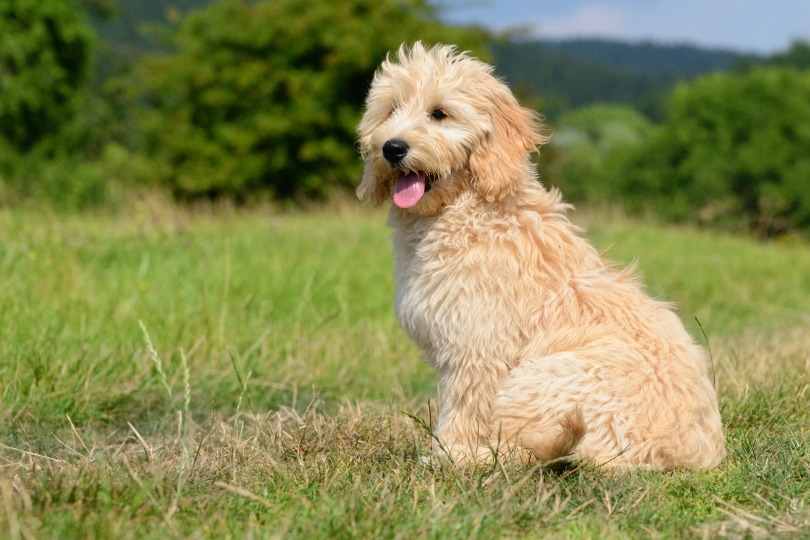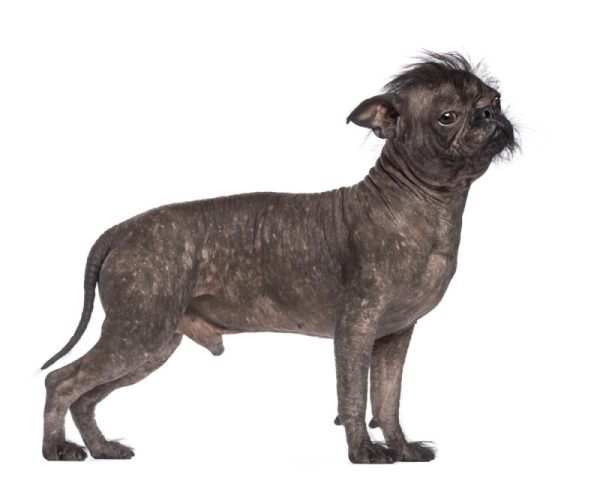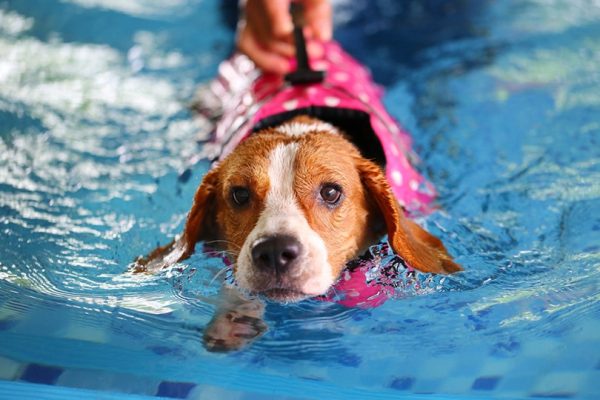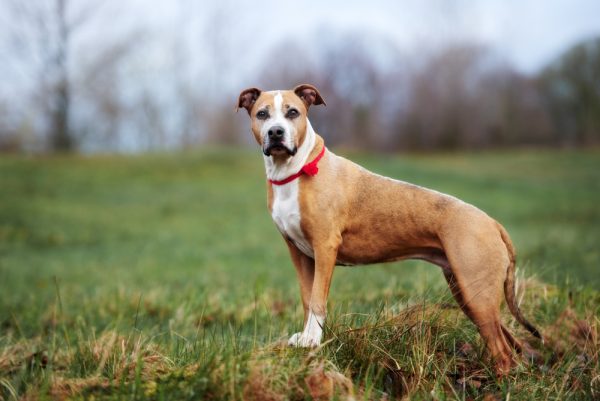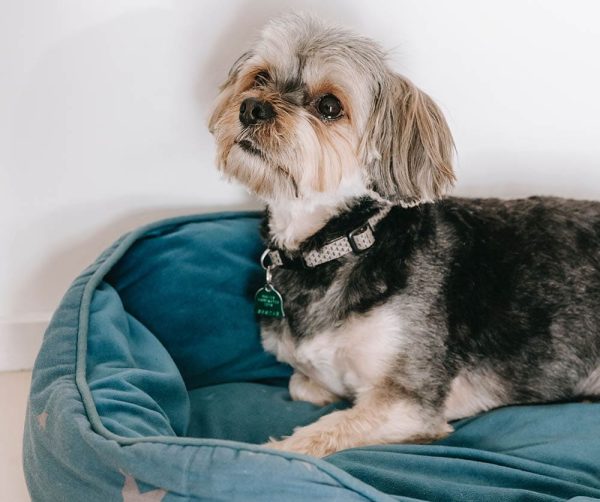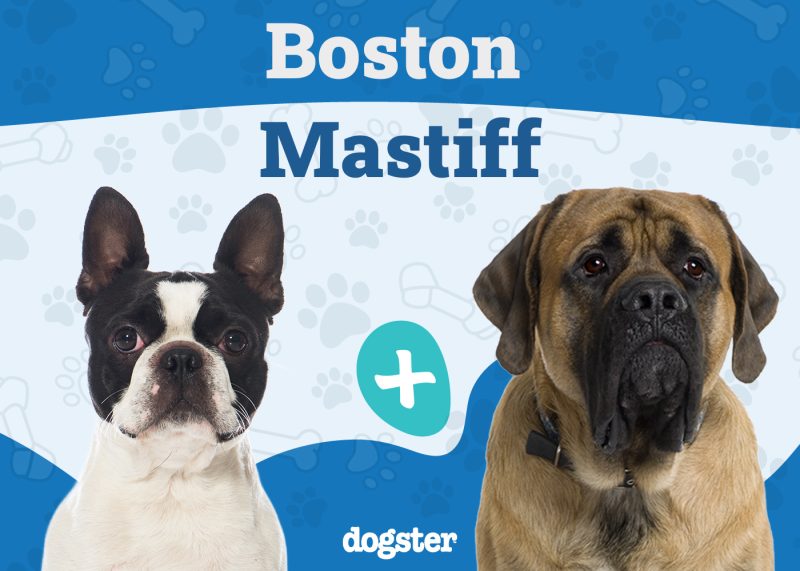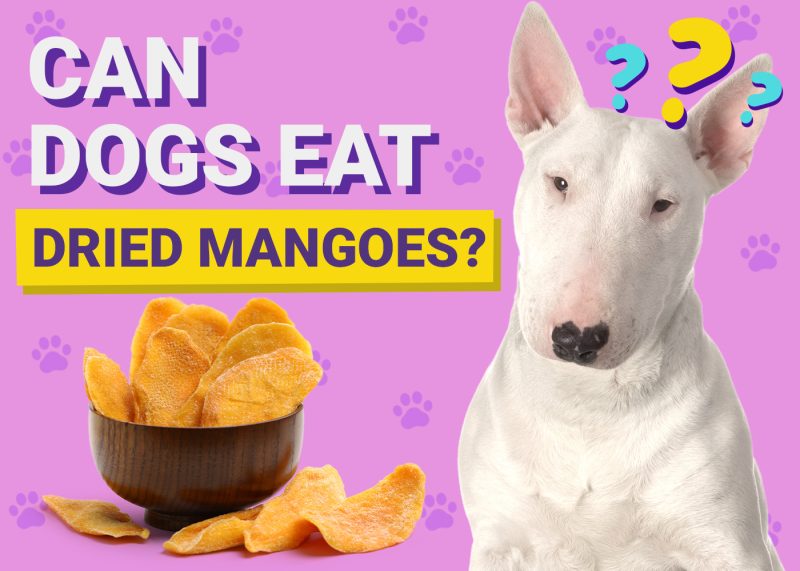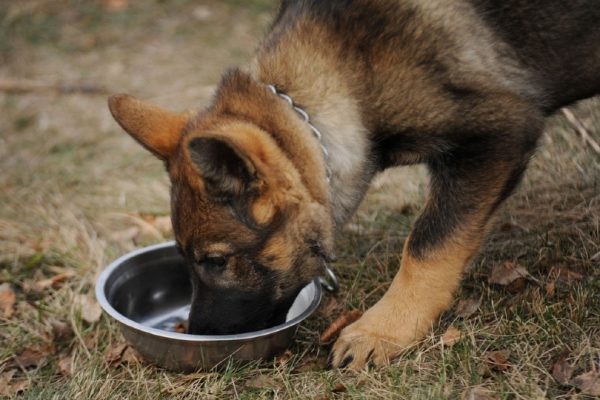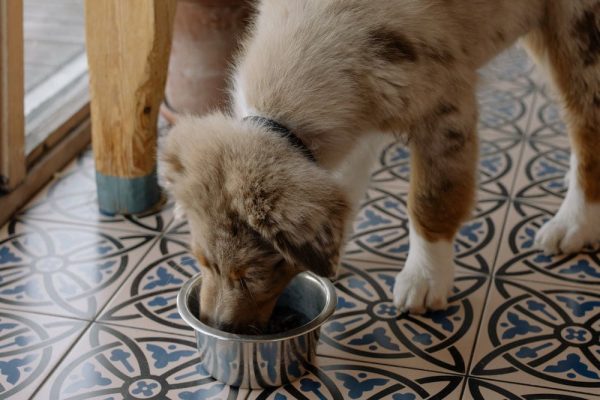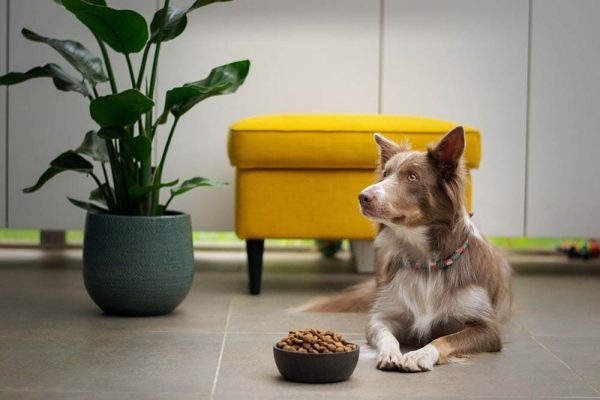Goldendoodles are a hybrid breed of the Golden Retriever and the Poodle. Both breeds have outstanding characteristics and traits, which makes them desirable dogs to own. These dogs are typically low-shedding and may help people who suffer from allergies.
Many generations of Goldendoodles now exist, with one of them being the F2B Goldendoodle. If you’ve never heard of an F2B Goldendoodle, you’re in luck. Read on to learn more about this generation of Goldendoodles, their characteristics, and how they came to be.
Breed Overview
Height:
21–24 inches (standard)
Weight:
45–75 pounds (standard)
Lifespan:
10–15 years
Colors:
Apricot, chocolate, cream, red, black, white, grey, blue, golden sable
Suitable for:
Active families, those looking for a low-shedding dog
Temperament:
Loyal & loving, intelligent, easy to train, friendly, sociable, gets along with other pets
Most people have heard of the Goldendoodle but may not realize all the generations that exist today. These dogs are not a pure breed; they are hybrids, a mix of one purebred with another purebred. Goldendoodles have descriptions with a filial number, which is what the “F” stands for, such as F1, F1B, F2, F2B, and F3. The first generation (F1) each has one purebred parent. The F1B is a backcross generation of one Goldendoodle parent and one purebred Poodle, giving them a lineage of 75% Poodle and 25% Golden Retriever. This generation is considered more low-shedding with an allergy-friendly curly coat. The second generation (F2) is half Poodle and half Golden Retriever; however, they are fathered by hybrids rather than purebred parents.
F2B, which is the focus of this article, is 62.5% Poodle and 37.5% Golden Retriever. These dogs have one F1 parent and one F1B parent. Are you still with us?
F2B Goldendoodle Characteristics

The Earliest Records of F2B Goldendoodles in History
We know Goldendoodles are a fairly new designer/hybrid breed, but when did the F2B generation come about? It’s unclear when the F2B generation evolved, but we do know the first generation of Goldendoodles emerged in the 1990s. It’s believed that the Labradoodle was the inspiration behind the Goldendoodle, as more and more of the public desired dogs with excellent temperaments and hypoallergenic coats.
Goldendoodles come in various sizes depending on the Poodle ancestry, with a Poodle parent being a toy, small, medium, or standard size. With the popularity ever growing as these dogs developed, breeders were challenged with developing different sizes and hypoallergenic coats, and it’s believed this is how all the different generations came about.
How Goldendoodles Gained Popularity
As we’ve mentioned, Goldendoodles came about in the 1990s and have become even more popular throughout the years. The genetics of these hybrid dogs make them desirable dogs to own, and they have gained in popularity due to their low-shedding coats and amazing personalities. As for the F2B generation, these dogs are popular among allergy sufferers, as they have the highest success for being low to virtually non-shedding dogs.
All Goldendoodle generations have become known for being exceptional therapy dogs. They are eager to please, intelligent, good-natured, and loyal to their owners. Given their hypoallergenic coats, friendly personality, and calm demeanor, they are suitable to live in apartments and even assisted living facilities, which adds to their assets as therapy dogs.
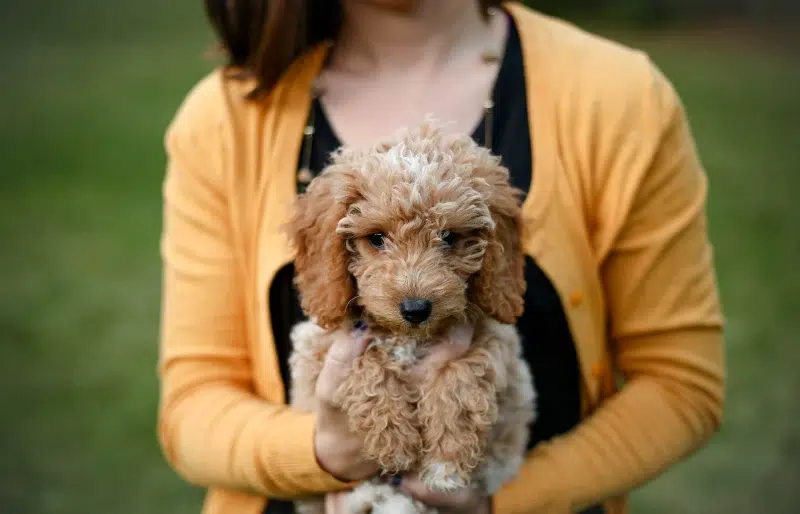
Formal Recognition of the Goldendoodle
Goldendoodles are not a pure breed; instead, they are hybrid dogs that are not recognized by the American Kennel Club (AKC). The AKC only recognizes purebred dogs. However, this doesn’t mean they are not recognized by other clubs. The Goldendoodle Association of America is the first and only officially established club of Goldendoodles. The website allows you to register your Goldendoodle to document lineage and is dedicated to promoting and guiding the development of these dogs to attain breed standards.
The goal is to document the breed’s ancestry to maintain optimum health, coat standards, and temperament. You can also register your Goldendoodle with the American Canine Hybrid Club.

Top 6 Unique Facts About the Goldendoodle
1. The Second Generation Are Little to Non-Shedders
People with allergies have a hard time being around dogs, and adding a Goldendoodle can allow someone to own a dog, despite having allergies. The F2 and F2B have the highest success for being little to non-shedders because they have more Poodle lineage in them. Bear in mind that no true hypoallergenic dog exists, but these dogs still make excellent options for allergy sufferers.
2. The “B” Stands for Backcross
We know it gets confusing trying to differentiate all the generations. However, it may help to know what the letter “B” stands for, which means the dog is a “backcross” of a Goldendoodle and a purebred Poodle, meaning one parent is a hybrid and the other is purebred.
3. F2B Goldendoodles Have Wavy or Curly Coats
This generation has 62.5% Poodle, which explains the wavy or curly coats. It’s important to keep up with a good grooming routine using a slicker brush a couple of times a week to keep the coat in shape and to remove loose hairs.
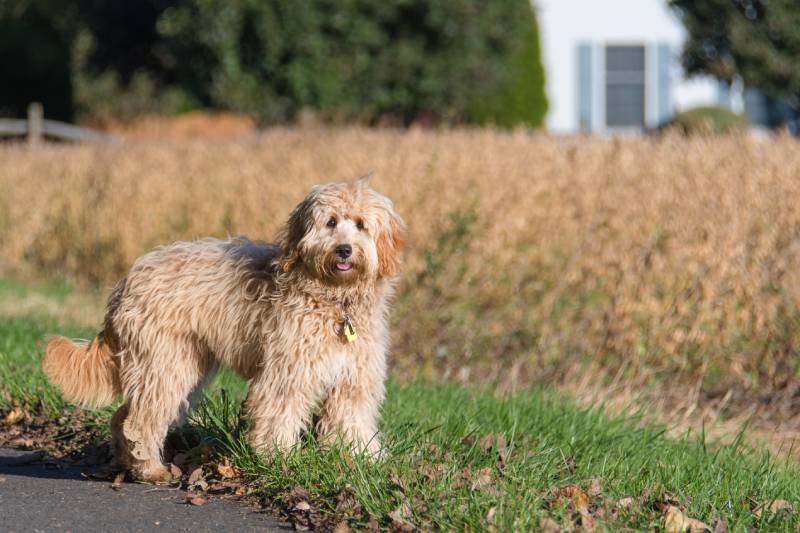
4. They Have Different Coat Types
We know Goldendoodles can have wavy or curly coats, but the coat type depends on the highest percentage of ancestry the dog has. In addition to a wavy or curly coat, one could have a straight coat, meaning the dog has more of a mix of a Golden Retriever. Goldendoodles with this type of coat shed more than wavy or curly coats and may not be as hypoallergenic.
5. They Love the Water
These dogs love to go swimming and will willingly partake in outdoor activities where there’s water. The reason is their lineage; both Poodles and Golden Retrievers are excellent duck retrievers (which they were bred for), and Goldendoodles naturally get this trait.
6. They Have Cute Nicknames
Some people refer to Goldendoodles as “Groodles,” while others refer to them as “Doodles.”


Does the F2B Goldendoodle Make a Good Pet?
All generations of the Goldendoodle make excellent pets and are extraordinary additions to any family. They are intelligent, obedient, friendly, and easy-going, all of which make them a great choice for a pet. These dogs are loving and loyal, and they also make superb therapy dogs.
They get along well with other pets, but they do require a fair amount of exercise, so they need space to roam and play. However, they are suitable for apartment living, granted they are exercised at least 30 minutes to 1 hour per day. They can get bored easily, but a quick game of fetch or mental simulation games helps with boredom.
They love people and are terrific with children, as long as children are respectful. They tend to develop separation anxiety if left alone for long periods, but you can curb this by providing mental stimulation games or exercising your Goldendoodle before leaving home.

Final Thoughts
The F2B generation of Goldendoodles is just as wonderful as any other generation. People with allergies would do well with owning an F2B Goldendoodle, as they are 62.5% Poodle, which gives them more of a chance of a low-shedding coat. These dogs are friendly, loyal, and loving, and they are all around one of the best dogs you can own.
Related Reads:
- F1b Goldendoodle: Facts, Pictures, Origin & History
- F1 vs. F2 Goldendoodle: The Differences (With Pictures)
Featured Image Credit: anetapics, Shutterstock
